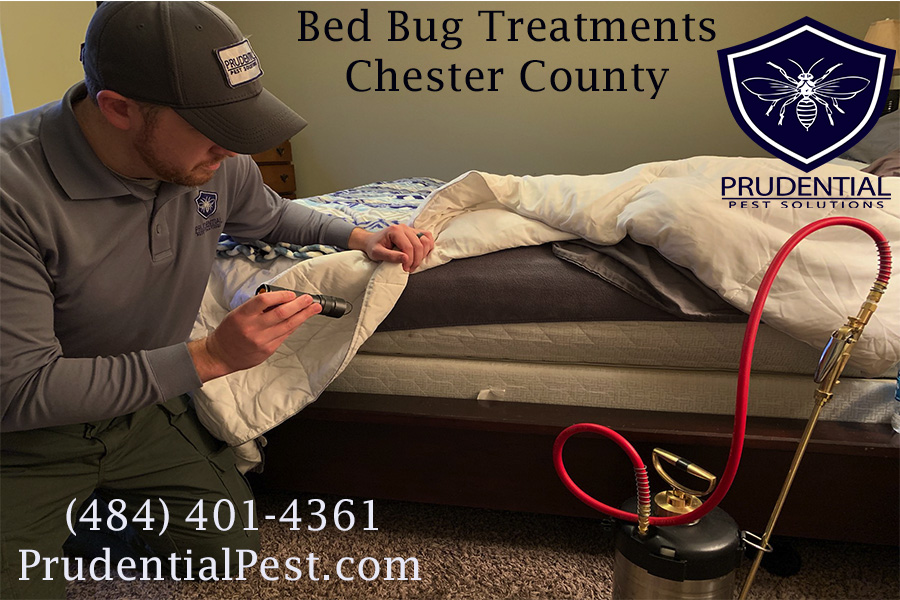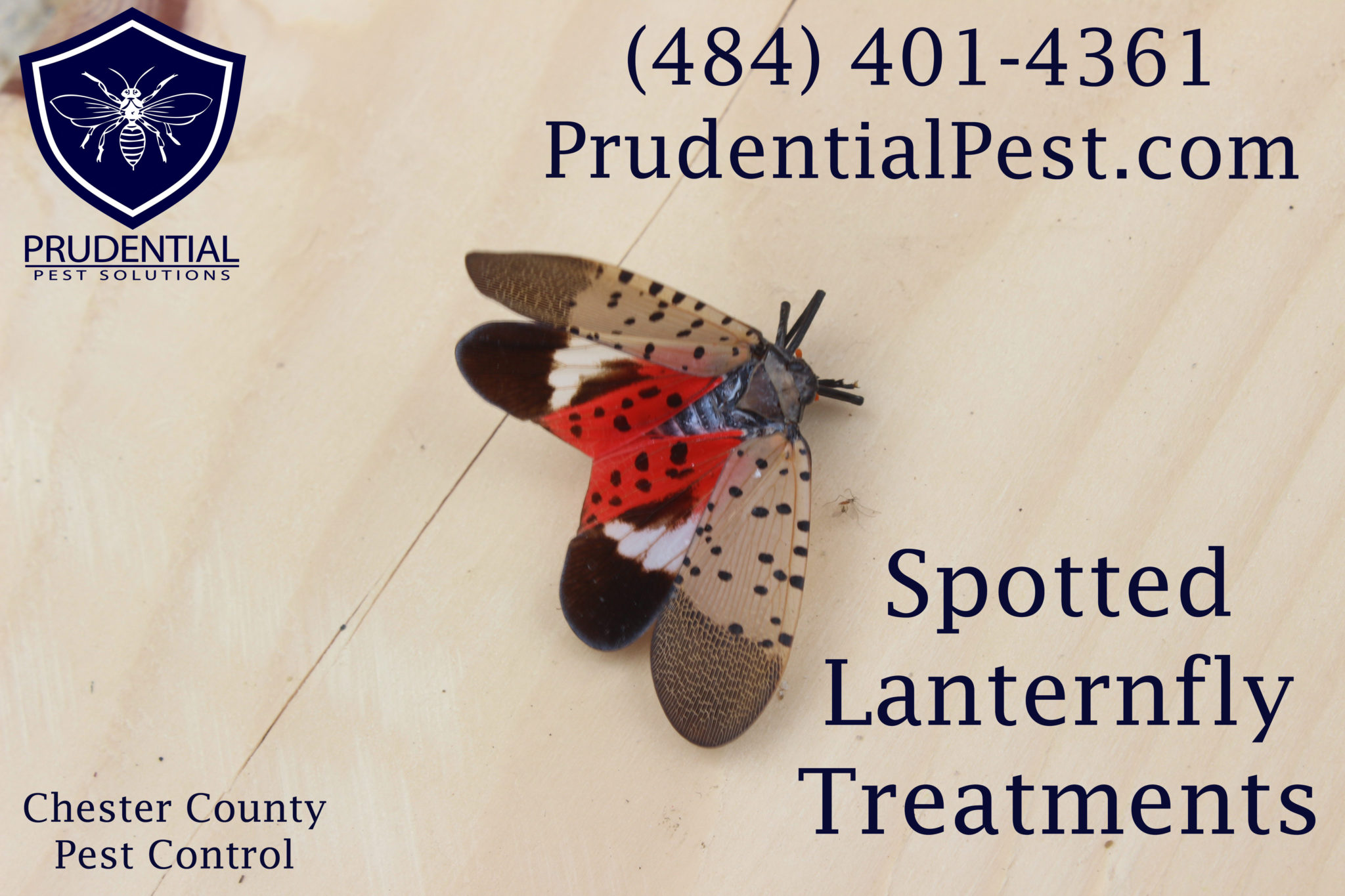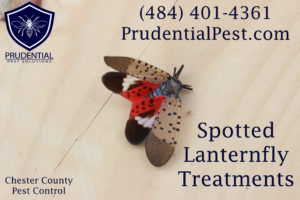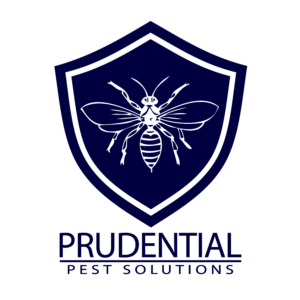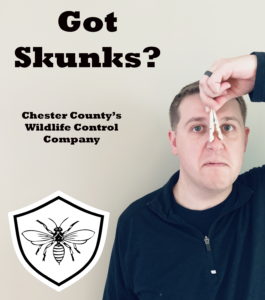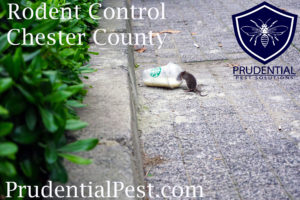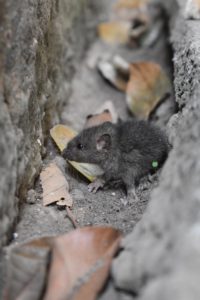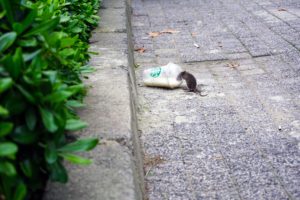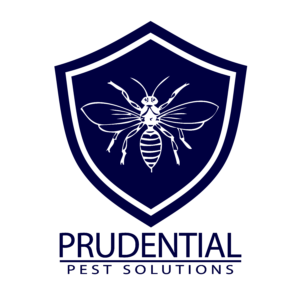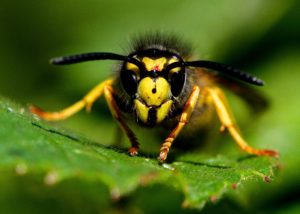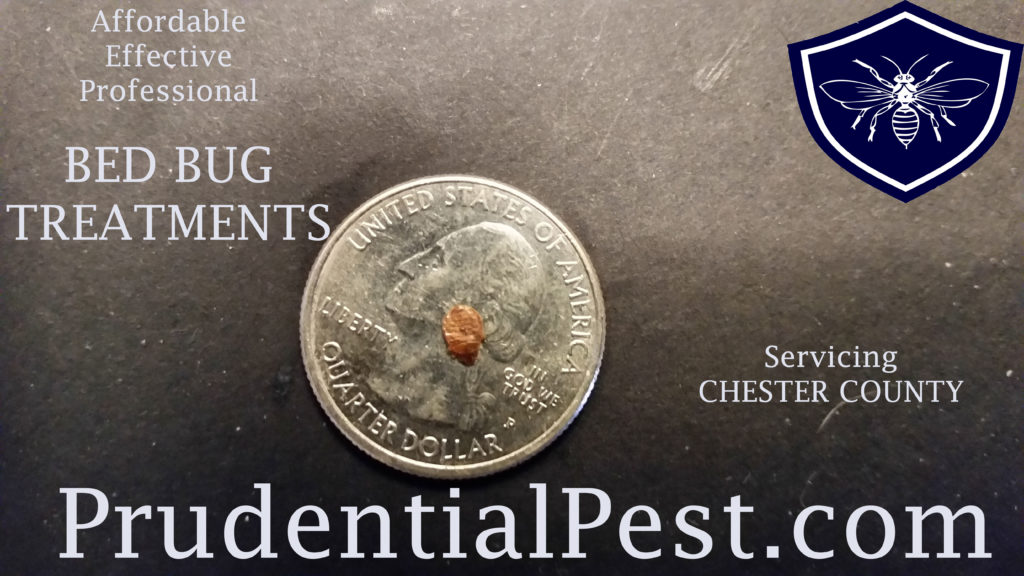
Positive identification is crucial to developing a plan to treat bed bugs.
Bed Bug Inspections and Evidence
When conducting an inspection for bed bugs, you will be looking for evidence of bed bugs. Evidence could be seeing live or dead bed bugs in or around the bed. The picture above shows a bed bug on the quarter. Other forms of evidence would be seeing the excrement of the bed bugs. The excrement will look like tiny black spots, that are concentrated in clusters. Here is a picture of bed bug excrement. If you spot any of these signs during your inspection, you have identified a bed bug situation. Let’s take a look at some common bed bug hiding places.
Bed Bug Hiding Places: The Mattress
It may sound obvious, but a thorough inspection of the bed is a great first step in identifying a bed bug issue. Bed Bugs are considered crack and crevice insects. This means that unless the infestation is severe, the bed bugs will not usually be found in the middle of the mattress during the day. As the description suggests, bed bugs will be most likely be found along seems, creases, and crevices of the mattress, box spring, and bed.
When inspecting a mattress for bed bugs, remove all of the bedding. This includes blankets, sheets, and pillows, and any padding that is not connected to the mattress. Begin by searching along the seems of the mattress. Besides the seems, common bed bug hiding places on the mattress include the mattress tag. Lift up the mattress tag and inspect for bed bugs, excrement, and eggs.
The box spring inspection is a little different than the mattress inspection. Box springs usually have a cloth underside that is stapled to the sides of the box spring. This thin cloth provides tons of hiding places for the bed bugs. Bed bugs can and will live between stapled areas, and inside of the box spring itself. With permission, remove the cloth and inspect the interior of the box spring. Other areas to look for are at the corners of the box spring. Sometimes the box spring will have plastic corner protectors. Gently pry at the plastic and inspect the area between the plastic and the box spring.
Bed Bug Hiding Places: The Bed
After inspecting the mattress and box spring it is time to inspect the bed itself. Beds, depending on their material, can have a lot of crack and crevices. Inspect the head board, foot board, side rails, and slats. Other areas to inspect include where the side rails connect to the head and foot boards and the feet of the bed. Depending on the color of the bed, it may be difficult to spot some of the bed bug evidence. Make sure to inspect behind the head board, and the bottom of the rails.
Other Bed Bug Hiding Places
After you have inspected the bed and mattress, it is now time to take a look at areas beyond the bed. Since bed bugs are crack and crevice insects, they will squeeze through very small openings. You will want to check the area around the bed in a 10′ foot bubble. For facts and biology on the bed bug, check out Penn State’s Department of Entomology here.
Baseboards
Baseboards are a common area for bed bugs to live and hide. They can easily crawl up the wall and onto the bed or crawl up the bed from the floor. Unless the baseboards are caulked tightly to the floor, which is never the case, bed bugs can easily live under the baseboards. Regardless of whether you have carpeting, laminate, hardwoods, or vinyl, the bed bugs can get under the baseboards. Other areas to insect at the baseboards are the top of the baseboard. If there is a gap at the top of the baseboard where the wall meets, bed bugs will find it. Also, inspect at the corners of the wall where the baseboard may not be caulked.
Wall Paneling
Wall panels create many potential bed bug harborage areas. Check the seems where the wall panels meet for excrement. Other areas to inspect are where the wall panel meets the floor or baseboard. Make sure you also inspect where the wall panel meets the ceiling for evidence of bed bugs. Lastly, inspect for any cracks or damage to the wall panel which would allow bed bugs access.
Drop Ceiling
A drop ceiling, just like the wall panels, provide many opportunities for bed bugs to hide. Inspect first along where the ceiling meets the wall. Make sure to inspect the paneling and the supports. Pay particular attention to where the metal supports meet at the top of the wall.
Misc Hiding Places
Any time there is hole or gap in the wall of ceiling, you have a possible bed bug hiding place. This includes wall sockets and light switches. Inspect around the wall sockets and light switches, removing the covers if needed. Other areas include where conduit, electrical, or plumbing is coming through the wall or ceiling. This could include radiator heating lines, cable conduits, or even plumbing.
You have bed bugs, now what?
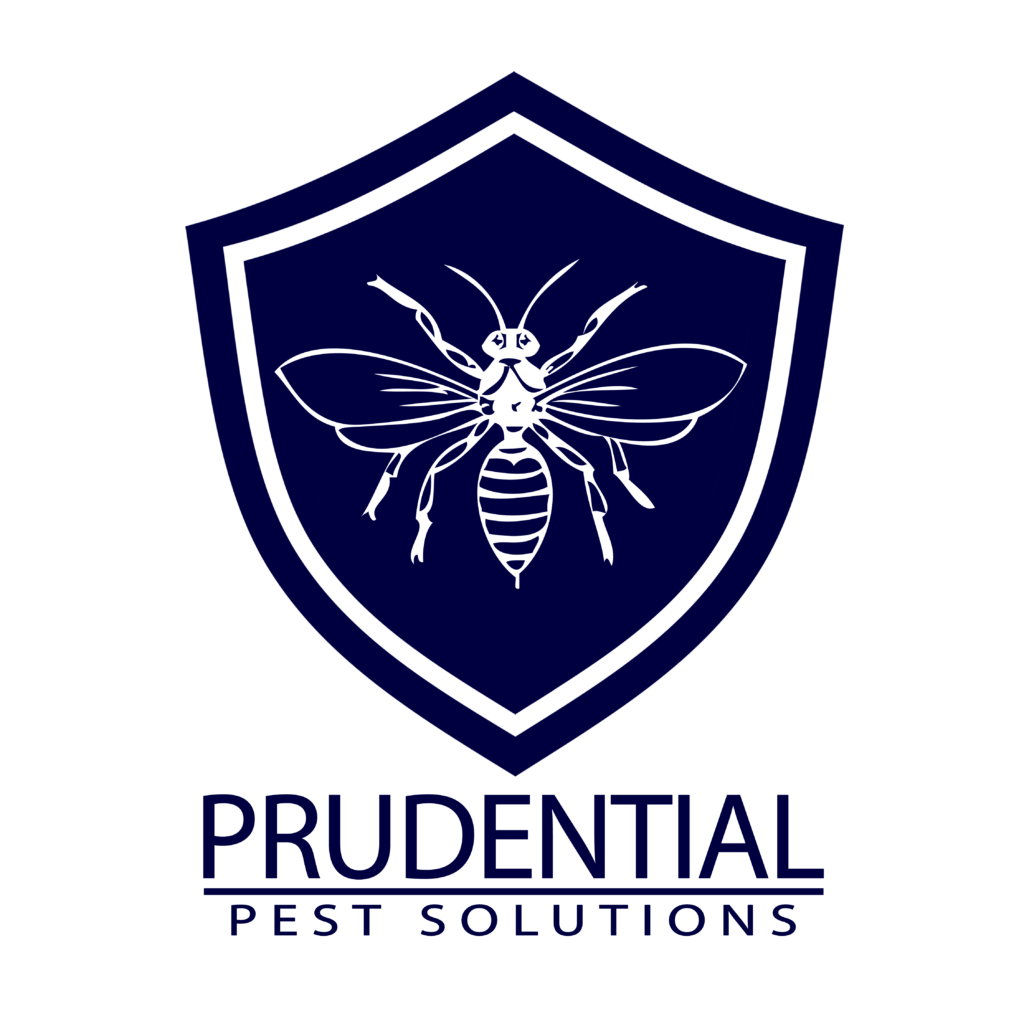
Treating for bed bugs is almost a job for a professional exterminator. Not only do we have the best chemicals, we have the knowledge and experience to properly and safely treat your home
Chester County Bed Bugs
If you live in Chester County and have a bed bug issue, we are here to help. Our fully licensed and insured technicians are experienced and knowledgeable to resolve your bed bug issue. Our bed bug treatments are affordable, effective, and professional. Our treatments always consider the health and safety of your family and pets. From the initial consultation to the treatment and the follow-up, you can trust us to resolve your bed bug problem. Contact us to setup an appointment.
Chester County’s Best Exterminators
We specialize in residential and commercial pest control, wildlife control, and termite control. We offer preventative plans that can keep your home or business pest free year-round. All of our technicians are licensed by the State of Pennsylvania and the Pennsylvania Game Commission. As a veteran owned company, you can trust us with your pest problem. Give us a call or send us a message to get pest free today!
